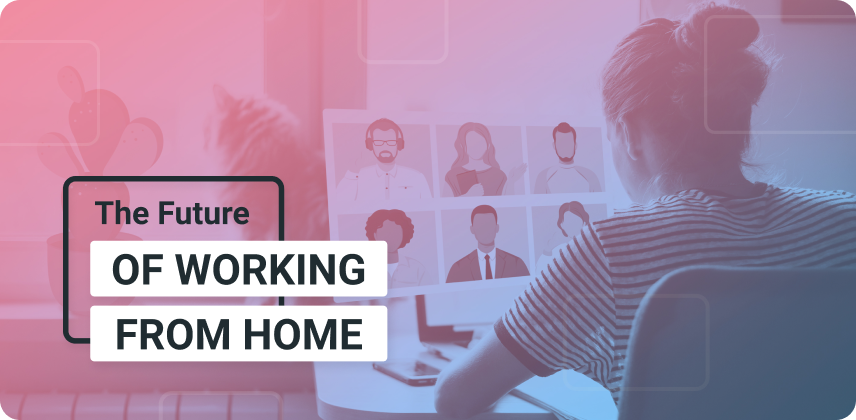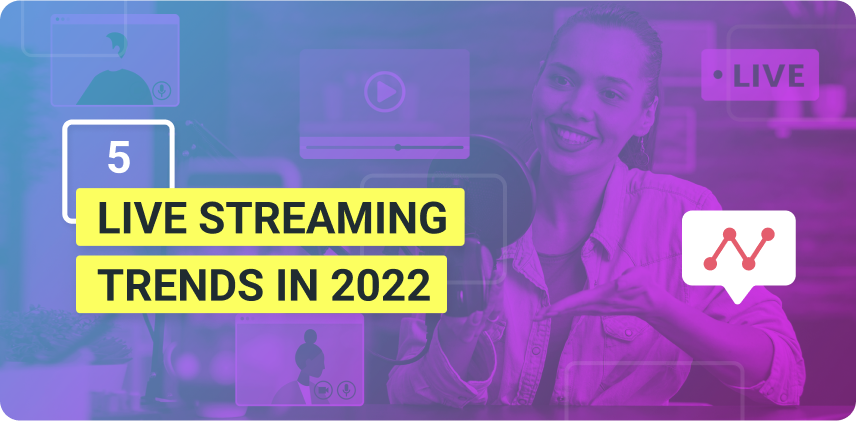With so many changes happening in the business world and our lives, what does the future of working from home look like?
The global labor markets faced disruption at the hands of the pandemic in 2020. As economies closed due to strict lockdowns, millions of people lost their jobs, and many had to adjust to working from home as workplaces rapidly and offices shut down. With office spaces reopening, what does the future of working from home look like?
Back then, working from home was not an option, but it quickly became a reality. But now, even with businesses returning to regular operations, most of the workforce is still operating remotely, and companies are expanding on the trend. Estimation shows that 75% of the workforce will be operating remotely or at least in a hybrid format, so what does the future of working from home look like, and how will it affect businesses and individuals?
Want to enhance your video conferences? Download ManyCam for Free today!
The Future of Working from Home
If anything, the pandemic has been a clear indicator that professionals do not need to co-exist in physical spaces to get the work done. So moving forward, are the benefits of working from or operating from a remote workspace higher? Working from home offers noteworthy benefits to companies and their employees alongside opening many online platforms for freelancers.
Winning Business Elements
Looking forward to a future of working from home can come with lots of benefits. Below we discuss some of the benefits in the context of companies and individuals.
Companies that have been ahead of their game by automating operations immediately after the imposition of lockdown and training employees effectively inevitably enjoyed a competitive edge in the uncertain job market. Tech companies are winning the digital transformation battle by optimizing their operations and workforce trends, for example, Amazon.com.
Researchers at McKinsey identified the following elements that are beneficial for companies that want to stand out and stay relevant in these unprecedented times:
Digital Speed
Leading companies operate quicker, whether reviewing strategies or reallocating talent four times faster than their peers.
Innovation
Leading businesses are willing to invest in updating technology and staying up to date with innovative trends.
All In
The companies aren’t reactive about strategy building but will make bold decisions by investing in bigger ideas and taking risks.
Data-driven Decisions
The decisions are highly data-driven, which aids better decision-making and improves overall efficiency.
Customer Experience
Being customer-centric is at the focal point of business growth. Having automated systems for feedback and constantly working on improving the customer experience.
Business Trends to Follow
According to Harvard Business Review, the following are eight business trends that will shape businesses in the future:
- Companies will shift from managing employee experience to managing the life experience of employees.
- Companies will more actively participate in social and political movements.
- As employees return to the office, the gender-wage gap will continue to increase because more women work from home, and men assume more decision-making roles.
- New regulations will limit employee monitoring.
- The flexibility of shifting from different locations will differ, and companies will focus on when the employees should work.
- Companies will normalize support for mental health.
- Employers will outsource work and try to rent individuals to compensate for the existing workforce’s lack of skill set and talent.
- Different states will compete with each other on individual talent and use it as an excuse not to relocate operations, reducing employment opportunities in those states.
The Impact on Mental Health
Discussed above as the sixth point is the normalization of mental health support.
Here is a closer look at what impacts working from home can have on employees:
Loneliness and Isolation
Working from home can lead to feelings of loneliness and isolation. People are often stuck working all day and time flies by. When employees work together, they frequently distract themselves from work by chatting with one another or asking questions. At home, it can get lonely, and the fear of isolation can get too overwhelming.
Anxiety and Depression
It is imperative to create boundaries that will not stop you from excessively working and creating pressure in your brain to keep up with deadlines. Working from home requires wearing all the hats at once. Individuals are:
- Brainstorming
- Managing time
- Acquiring unlearned skills
- Marketing
- Researching
Not to mention the possible delays in communication due to unanswered calls or texts.
These factors can easily induce anxiety for anyone and cause them to feel neglected or sad because of the uncertainty.
But despite this, individuals can make the most of their time and work by creating schedules. It’s important to ensure work-life balance, staying updated on trends, and seeking help when they need it.
Final Thoughts
The future of working from home isn’t as clear as we would like it to be. But, one thing is certain, many businesses and employees have discovered a new way to work effectively. For many, this means moving completely to a working-from-home setup, while others might create a hybrid alternative for employees to come and go to the office.






